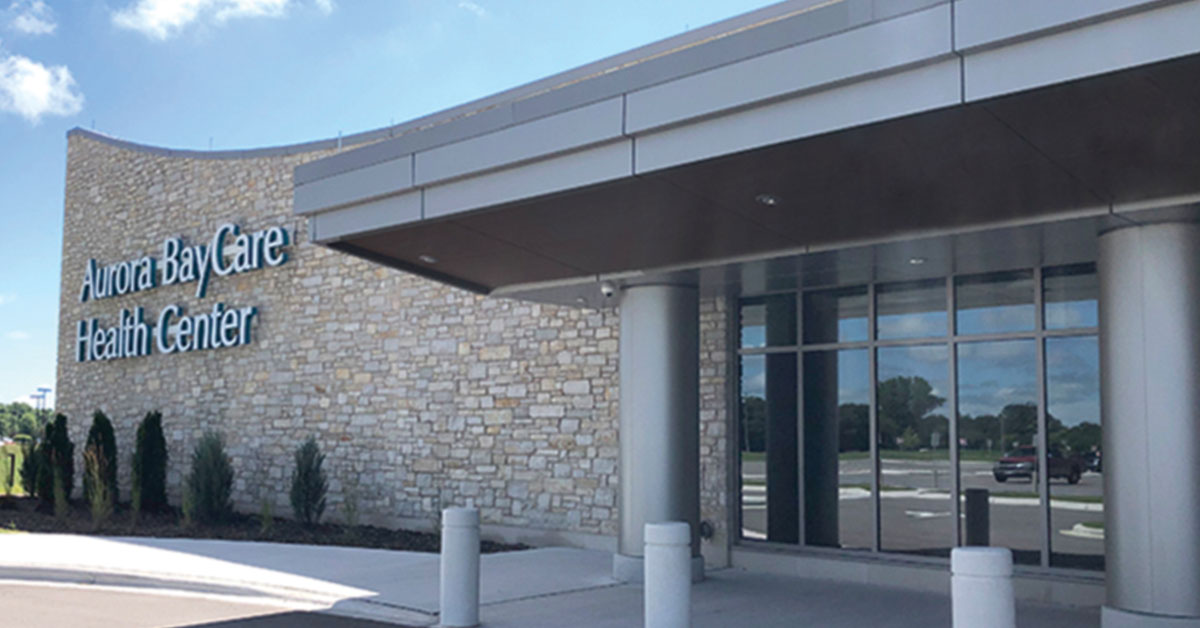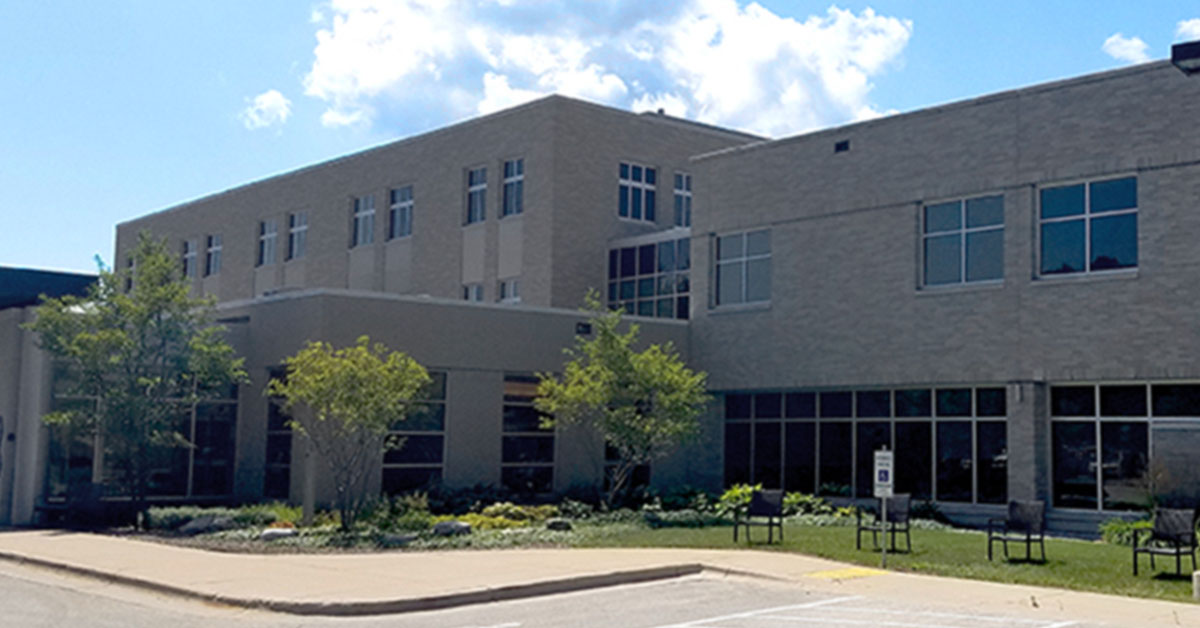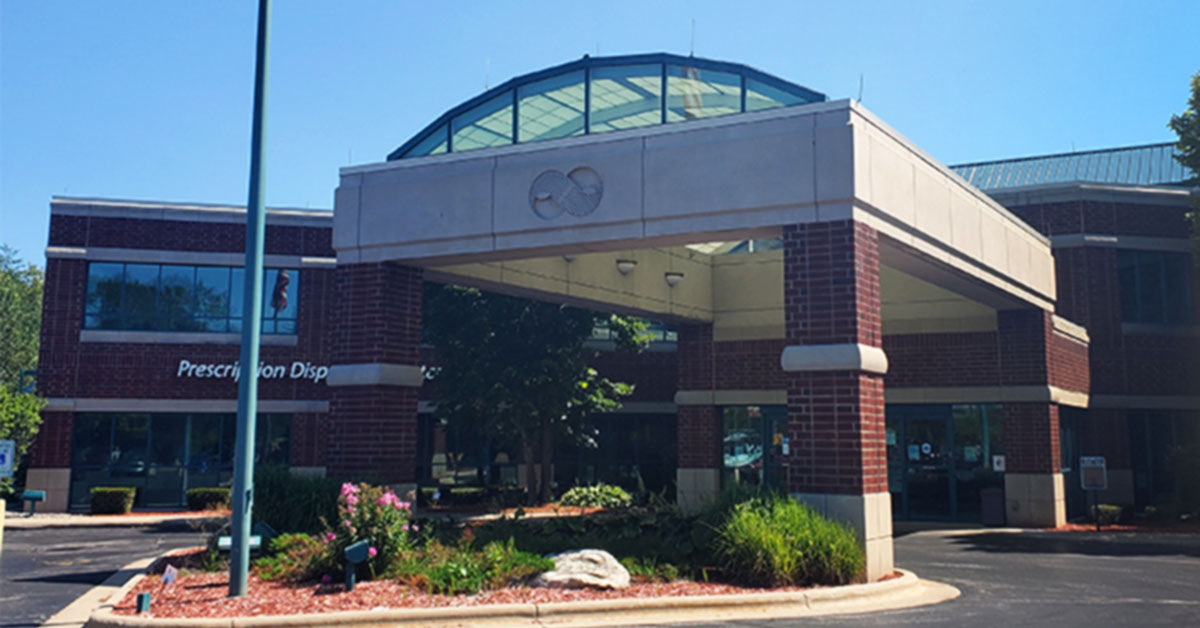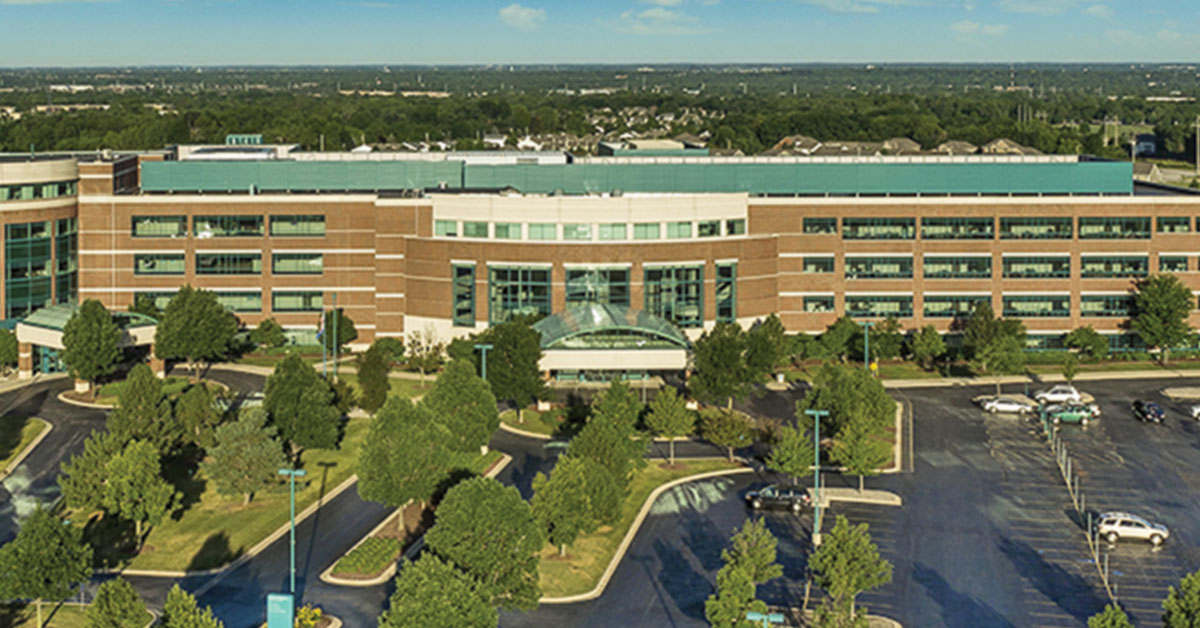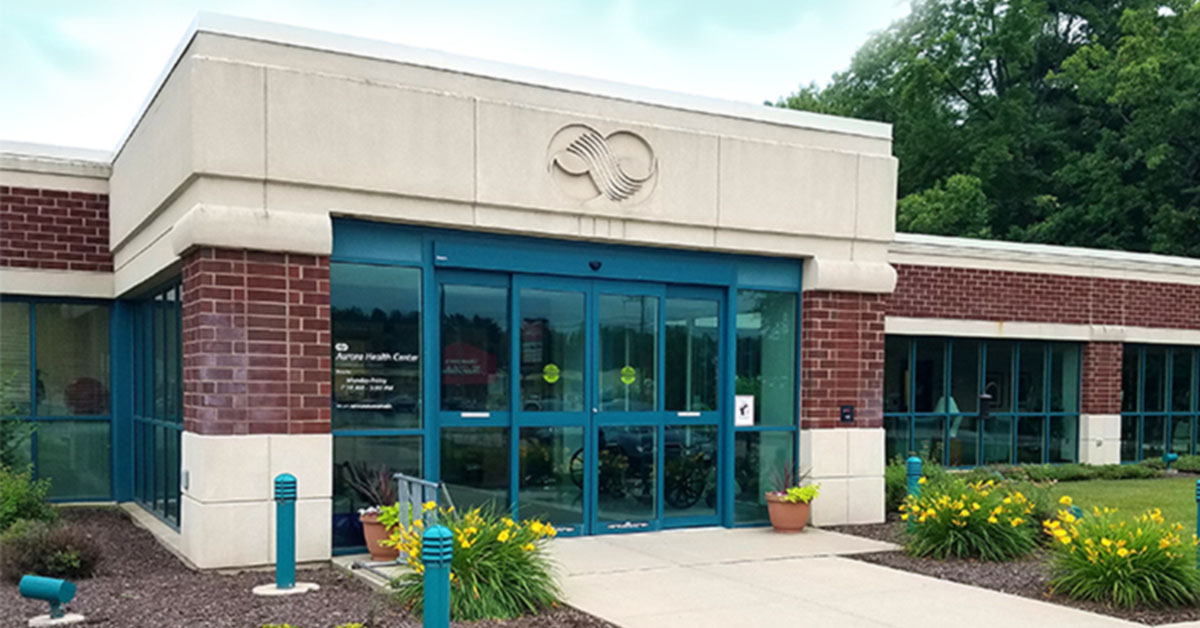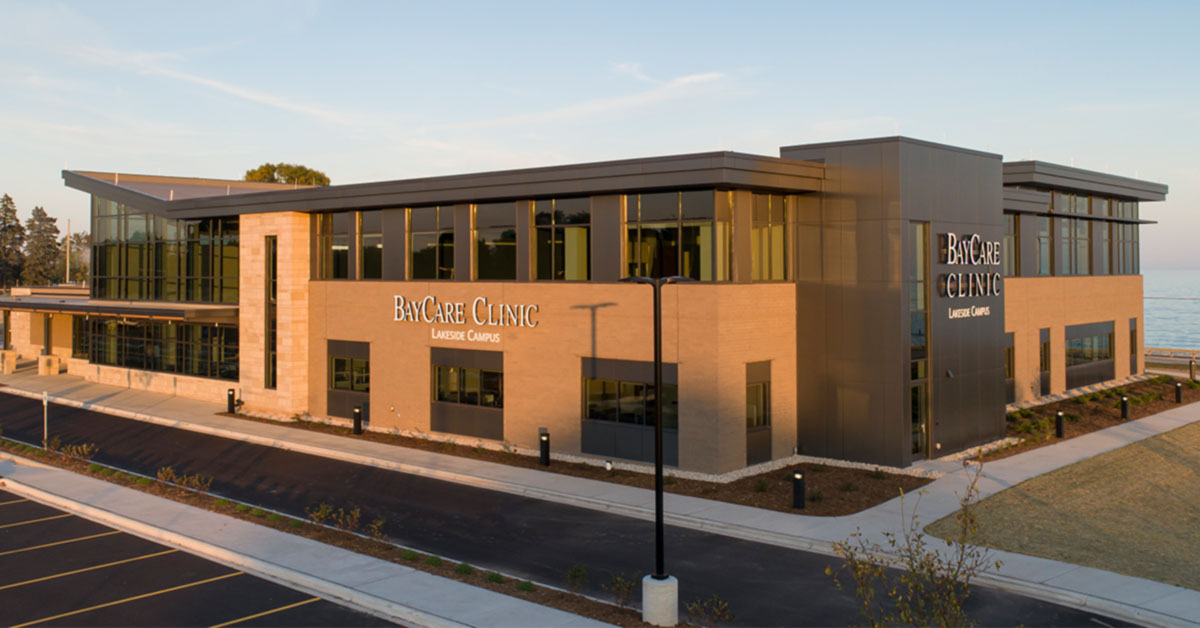Vertiflex
Pain & Rehab Medicine
The Vertiflex procedure, what is it?
The Vertiflex procedure is a minimally invasive treatment option that delivers long-term relief from leg and back pain associated with lumbar spinal stenosis.
What is lumbar spinal stenosis?
Lumbar spinal stenosis (LSS) is a gradual narrowing of the space in the spine where nerves pass through. That narrowing can pinch the nerves in the lower back. That can result in a dull, aching back pain spreading down the buttocks and into the legs. Pain usually is worse when standing or walking. Pain is often eased by sitting, leaning or bending forward.
What are the symptoms of lumbar spinal stenosis?
Common symptoms of lumbar spinal stenosis include:
- Pain while walking
- Pain relief when sitting or bending forward
- Numbness or tingling in the legs, calves or buttocks
- Weakness and/or loss of balance
- Decreased endurance during physical activities
- How the Vertiflex procedure treats pain from LSS
In the Vertiflex procedure, an implant is placed inside the spine – a small titanium alloy spacer – to help prevent narrowing of the space in the spine when standing or walking. That relieves pressure on the nerves and alleviates the leg and back pain symptoms that often accompany lumbar spinal stenosis.
The Vertiflex procedure also preserves the person’s spinal anatomy and helps minimize the effects of spinal degeneration.
What to expect after the Vertiflex procedure
The Vertiflex procedure is done as an outpatient procedure. General anesthesia isn’t required in most cases. People who have the Vertiflex procedure can go home on the same day.
Activities are limited for 6 weeks after the Vertiflex procedure. Stitches or staples at the incision site must be kept clean and dry until the first follow-up visit, usually 7 to 14 days after the procedure.
People who have had the Vertiflex procedure report significant reduction in symptoms and improved physical function.
What else should I know about the Vertiflex procedure?
The Vertiflex procedure is covered by Medicare in all 50 states.
It is designed with patient safety and comfort in mind and is compatible with most imaging scans.
More than 20,000 people have been treated with the Vertiflex procedure in the United States since its approval by the U.S. Food and Drug Administration.

